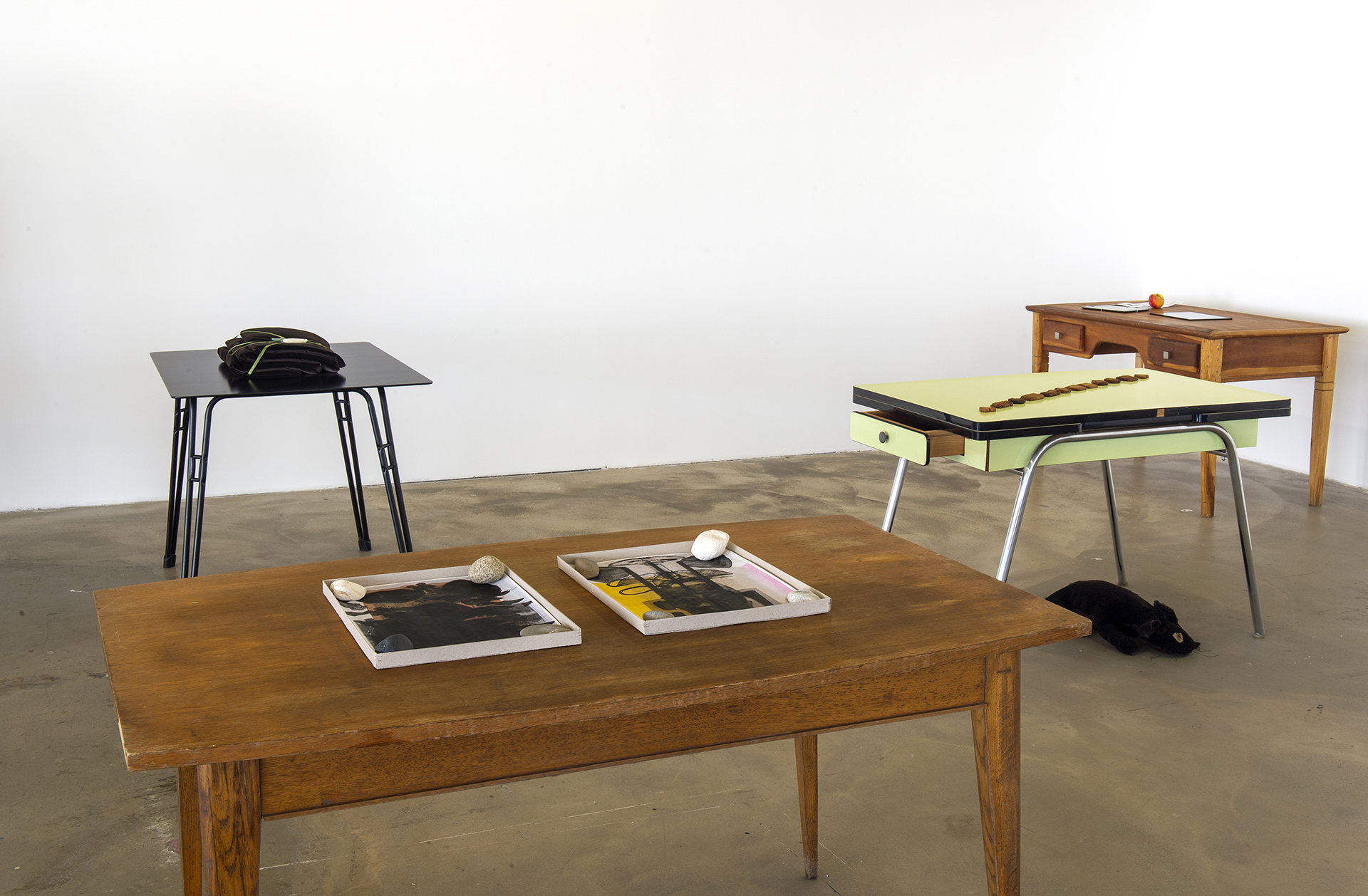Crédakino program
Louidgi Beltrame, Jean-Charles Hue, Maria Laet

Louidgi Beltrame, Lägerstatte, 2010 Film super-8 transfert HD, muet ; 9 min 30 s courtesy de l’artiste

Jean-Charles Hue, Les lumières d’Atlas, 2020 Vidéo couleur, son ; 1 min 38 s Courtesy de l’artiste et Michel Rein, Paris/Brussels

Maria Laet, Notas sobre o limite do mar, 2012 Vidéo couleur ; 11 min 42 s Collection 49 Nord 6 Est - Frac Lorraine, Metz (FR) © M. Laet



Curatorship: Claire Le Restif
Louidgi Beltrame, Lägerstatte, 2010
Super-8 HD transfer film, silent; 9 min 30 s
Lagerstätte is at the crossroads of experimental archaeology and tourism film. Filmed over a period of one week during the summer of 2009 in Burgundy in an abandoned quarry, Lagerstätte shows Louidgi Beltrame and Elfi Turpin searching for and extracting ammonites, an extinct subclass of molluscs known only as fossils.
Jean-Charles Hue, Les lumières d’Atlas, 2020
Color video, sound; 1 min 38 s
“The Atlas editing table is the memory of the first images and films made. Although it’s an extremely bulky object, I wanted to take it with me wherever I lived. For this video, I put back on the editing table the 16mm images of one of my first films (La flor al culo) projected during my first personal exhibition in 2001. These images were shot in Barcelona. It is in this city that everything started for me. Bringing these images to the surface today and giving them a new meaning with the help of my two sons was quite a magical and moving experience.”
Maria Laet, Notas sobre o limite do mar, 2012
Color video; 11 min 42 s
Sewing: a harmless and domestic act. Sewing the sand: a senseless gesture of tensioning the impossible and the vain. Sewing on the imperceptible line left by the foam of a wave at low tide on the shore: a gesture that tries to materialize the immaterial, to make visible a limit between two universes that tirelessly join and disjoin. Thus in the video Notas sobre o limite do mar, we follow the artist’s hand hemming the sand with a needle and a cotton thread. Effort stretched and resumed, then abandoned… The act, the crumbly stitches of sewing erased by the flow and the rise of the wave. There is a living abstraction in Maria Laet’s work. The sewing of sand is an instant of the visible of the impalpable and a desire for the imaginary, an instant of “dialogue” and balance between the industrious human world and a nature as powerful as it is moving. But it can also be a failure of the human line in its capture of the mineral line, silently marking the uselessness of our will to master. A kind of failure at the frontier, which takes us back in time to the effacement, the disappearance, the passenger, and the fragility of the visible. The video becoming the image and the archive.
Marjorie Micucci
